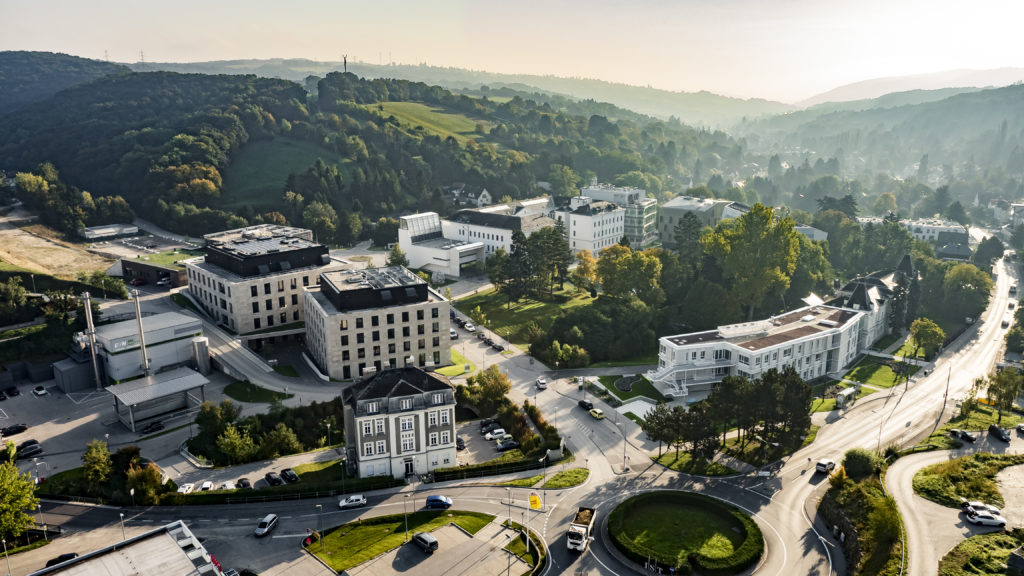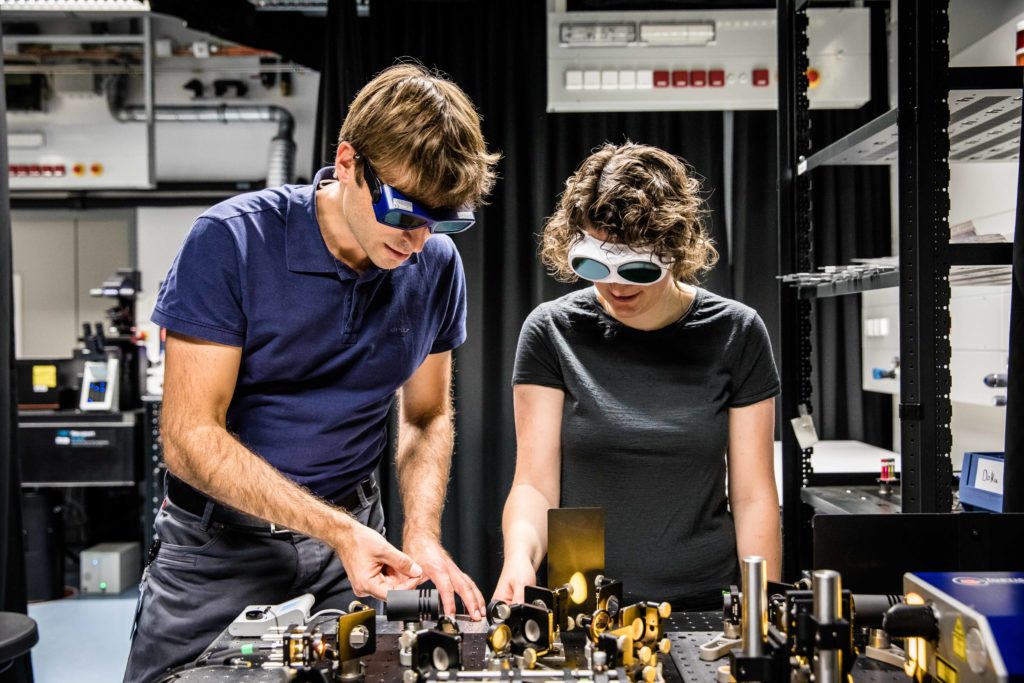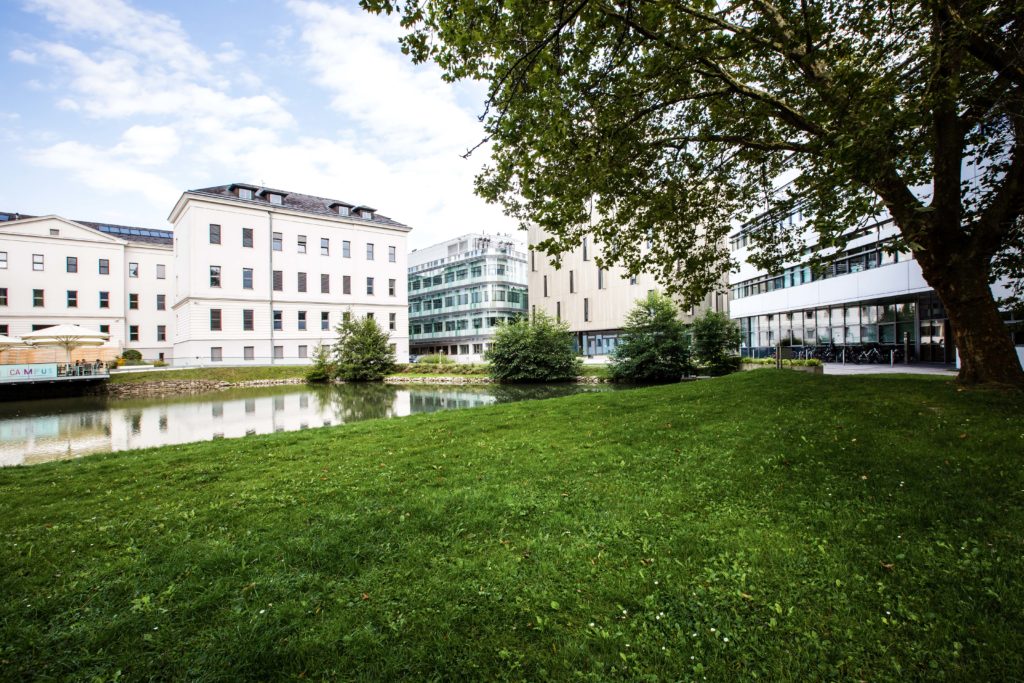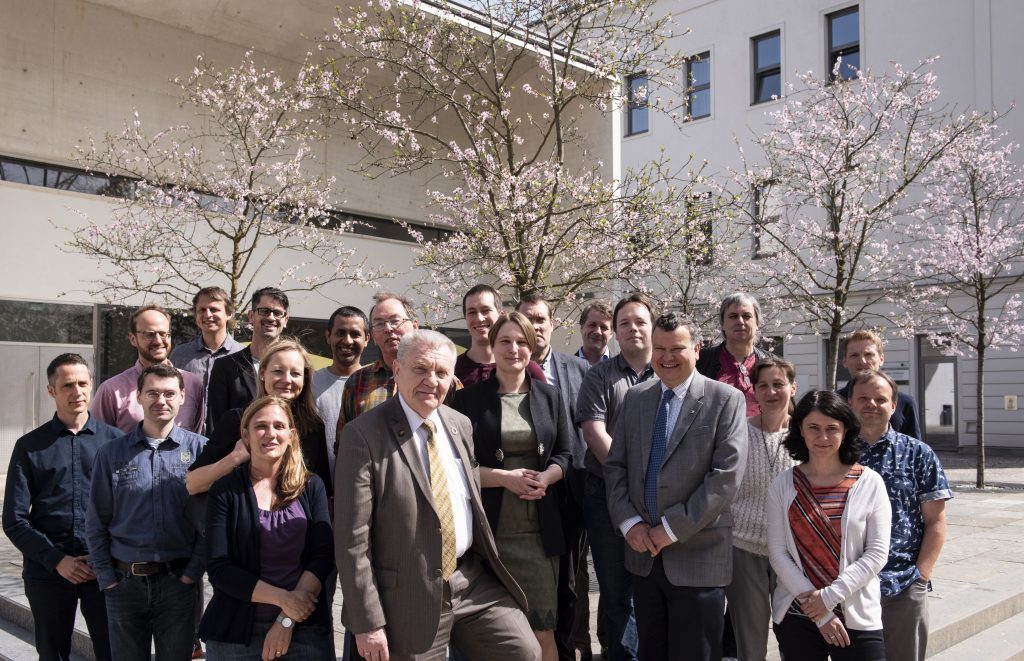The Institute of Science and Technology Austria (ISTA) is a young international institute dedicated to basic research and graduate education in the natural and mathematical sciences, located in Klosterneuburg on the outskirts of Vienna. It was established jointly by the federal government of Austria and the state government of Lower Austria. The institute is headed by the President, who is appointed by the Board of Trustees and advised by the Scientific Board. It has the freedom to set up its own structures, processes, and culture based on successful models taken from the world’s best research institutions. IST Austria offers support on all career levels: an institute-wide PhD program, career development programs for postdocs, independent tenure-track positions for professors hired at a young age, and central state-of-the-art scientific service facilities.
History
The legal basis for ISTA is a federal law that was passed by the Austrian parliament in 2006. An international committee consisting of Haim Harari, Olaf Kübler, and Hubert Markl wrote a report that became the blueprint for the institute. The Board of Trustees was formed in December 2006, the first employees were hired in 2007, and the first professor joined the nascent institute in 2008. The campus on the site of a former hospital was inaugurated in June 2009 and Tom Henzinger, the first president, assumed office in the fall of the same year. Since then the Institute has been growing by about five research groups per year, expanding its research portfolio gradually from biology and computer science to neuroscience, mathematics, physics, and chemistry.

Vision and Mission
The core missions of ISTA are:
- Perform world-class basic research
- Train the next generation of scientific leaders
- Implement best practices for science management
- Support science education and technology transfer
ISTA was created to provide an environment for excellent scientists to conduct outstanding research. The institute has no set research agenda; it chooses its scientific fields based on the availability of top scientists and gives them the freedom and resources to follow their curiosity into the unknown.

Size and Scope
In 2020, the continuously growing institute has reached a size of 55 research groups, about half in the life sciences and the others spread roughly equally among mathematics, physics, and computer science. The Institute has about 800 employees overall, among them 220 PhD students and 190 postdocs. About 75% of the PhD students and more than 90% of postdocs come from abroad; currently, 70 nationalities are represented on campus.
ISTA offers opportunities for promising and outstanding scientists at many different stages of their career. Perhaps most importantly, professors are hired early in their careers on a tenure track providing them with the independence, career prospects, and resources for establishing themselves as scientific leaders at the institute and worldwide. The career structures and the multidisciplinary PhD program of the institute introduce innovative and successful elements for graduate and postgraduate education in the Central European higher-education sector.
ISTA gives back to society by continually developing science-education activities for children of all ages and their teachers, a wide range of science-outreach activities for the general public, and technology-transfer activities, which include the establishment of a nearby technology park and an incubator fund for start-up companies.
The Institute is expected to grow to about 90 research groups and more than 1000 employees overall by 2026. Chemistry is the latest addition to its research portfolio and is expected to grow substantially within the next years. Further expansion into technology and systems sciences are planned.

Achievements
Measuring excellence is hard, but some figures speak a clear language. With a success rate of 47%, applications from ISTA for the competitive grants of the European Research Council (ERC) score highest among all institutions hosting at least 30 grants from 2007 to 2017. In 2018, the Institute was designated as a “Rising Star” by Nature Index and was ranked 8th of all scientific institutions under 30 – the only institution in the Top Ten outside Asia. In 2019, Nature Index listed ISTA in third place in the normalized version of its ranking which takes the size of institutions into account. So far, three professors of ISTA have received the Wittgenstein Award, Austria’s most prestigious science prize. In 2020, a top-class review panel, chaired by Nobel laureate Serge Haroche, stated: “IST Austria is an example to follow for other countries wishing to develop ‘blue sky’ science based on excellence”.
